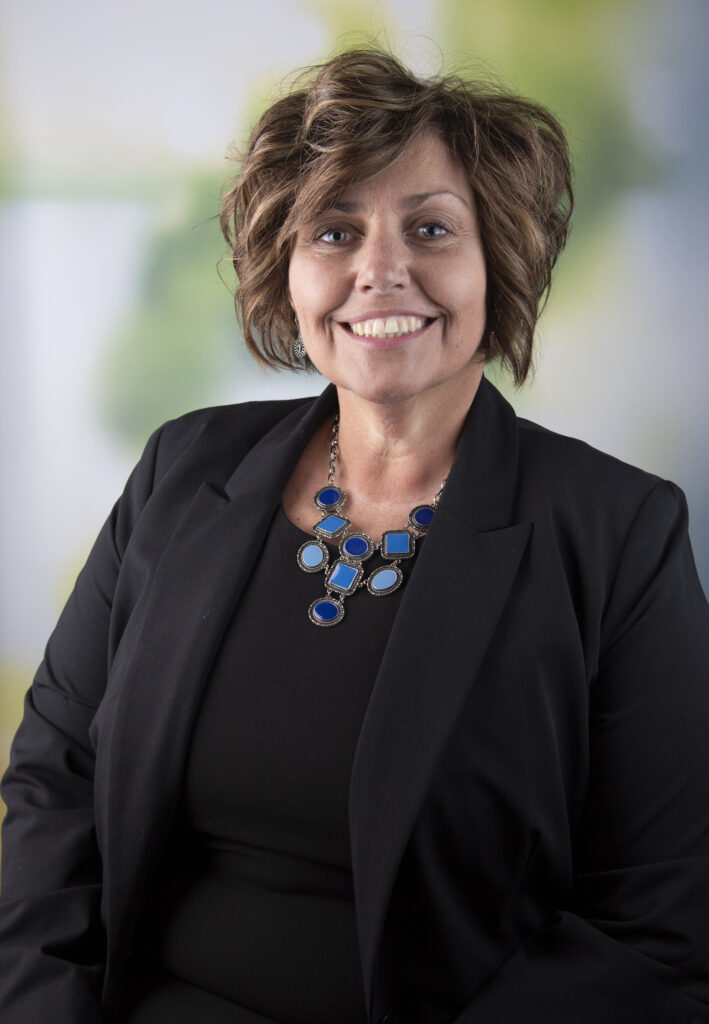In the ever-evolving world of health care, technology is a game-changer in patient care. Nurses, consistently ranked as the most trusted professionals for the past two decades, now find themselves at the intersection of traditional care and cutting-edge technology.
Dusti Browning, vice president of growth and client solutions for Conduit Health Partners, recently talked about the importance of putting nurses at the forefront amidst evolving technology on the Healthcare Strategies podcast.

Technology’s Role and Human Connection:
Virtual care nursing and supplemental staff platforms give nurses the ability to care for patients remotely, extending beyond traditional health care settings. While technology is a helpful tool, it’s important to recognize that patients often prefer in-person care depending on the situation. So, how much should technology be a part of nursing?
Dusti, drawing on her 30+ years as a registered nurse, emphasizes the crucial human aspect in health care. Despite technological advances, patients still crave personal connections. Dusti points out that, at the end of the day, people want to talk to someone and build relationships with their caregivers.
Importance of the Nurse Triage Program:
Dusti explains Conduit’s Nurse Triage Program, highlighting the crucial role of registered nurses. Unlike automated systems, this program ensures that a qualified nurse answers every call, using decision support tools to guide assessments and recommend appropriate care levels and locations.
The significance of nurse-led triage becomes clear during transitional periods like post-hospital discharge or for new mothers. Dusti explains how having access to a nurse triage line can prevent hospital readmissions by providing guidance on symptoms and self-care, acting as a valuable support system.
Dusti sheds light on the challenges patients face after leaving the hospital, including confusion about medications, follow-up appointments, and adjusting to a new care setting. The nurse triage program acts as a safety net, offering assistance and preventing potential issues arising from misunderstandings or medication errors.
Measuring Success and Closing Care Gaps:
Success in the nurse triage program is measured not only by preventing hospital readmissions but also by evaluating emergency department (ED) utilization. The program focuses on providing data to clients, ensuring appropriate referrals, and gathering feedback from both consumers and clients. Additionally, the program helps identify individuals without a primary care provider, creating a feedback loop to address care gaps.
Looking to the Future:
Dusti expresses interest in generative AI and its potential to enhance nursing roles, especially given the current nursing shortage. She emphasizes the importance of understanding end-users’ experiences and ensuring that technological advancements prioritize the needs and experiences of patients and health care professionals.
The conversation highlights the delicate dance between technology and the human touch in nursing. While technology continues to advance, the enduring trust in nurses and the preference for personal connections underscore the indispensable role of the human element in health care. As we navigate the future of health care, finding the right balance between innovation and empathy remains paramount.


